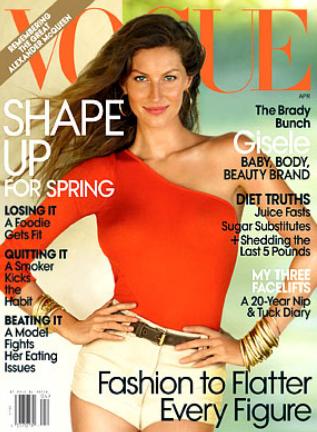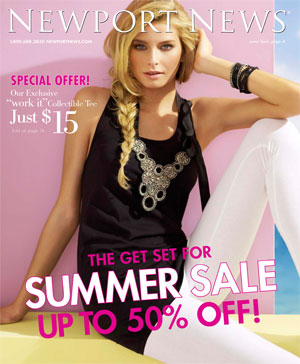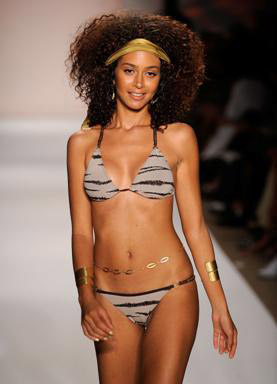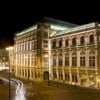What Height and Dress Size to Be a Model for Magazines, Runway, and Catalog Work?

What height and dress size to be a model for magazines, runways, and catalog work? This is a question many women interested in pursuing modeling ask.
The fashion industry has standards that are very strict, but nonetheless they are what keeps periodicals, fashions, and products selling.
Without an ultra-skinny woman modeling lingerie for Victoria's Secret, you might not be interested in buying that bra they are pushing.
Here is some guidance to help you figure out if you can be a model.
Over 90% of the female population will not fit within these boundaries, but keep in mind they are occupational standards for modeling and not actual beauty standards.

Dress Size Requirements to Be a Model
- Standard magazine and runway models are expected to be a size 2 to 4, and couture models are usually preferred to be a size 2. High-end fashion houses have been criticized for this but it continues to be the norm.
- Plus-size models are expected to be a size 10 or 12. Although this is not a plus-size for everyday women, the fashion houses use this size model because they look larger under the camera but still have visual appeal.
- Petite models are expected to be a size 0. Unfortunately, when on camera, lack of height makes people look wider.
Height Requirements to Be a Model
- Fashion, runway, and plus-size models are expected to be between 5' 8 1/2 and 6'. But models as short as 5' 8 and as tall as 6' 2 still get modeling jobs in these sectors.
- Petite models are usually between 5' 4 and 5' 6.

Other Features Important in Modeling
- Although height and dress size are very important in modeling, agencies also give your facial features great consideration. They want your face to have symmetry, good bone structure, and marketable beauty.
- Posture and presence. You have to carry yourself with confidence and a straight gait. Tall people have a tendency and sometimes a genetic predisposition to hunch over You also need to have self-awareness of your facial expressions and bodily movements. Without these it's difficult to to provide photogenic character on demand.








